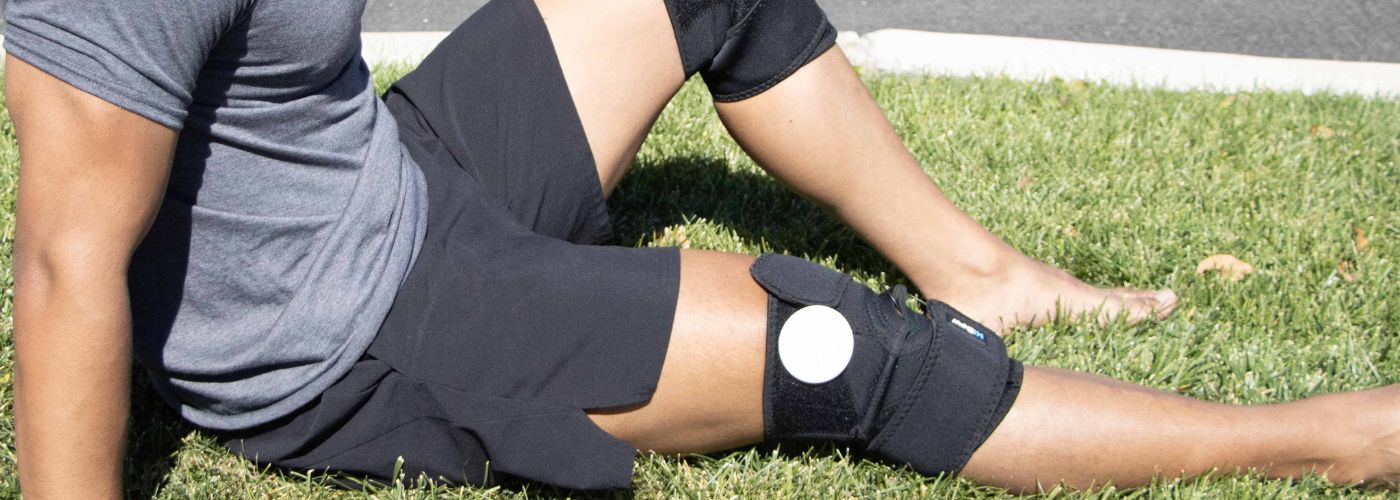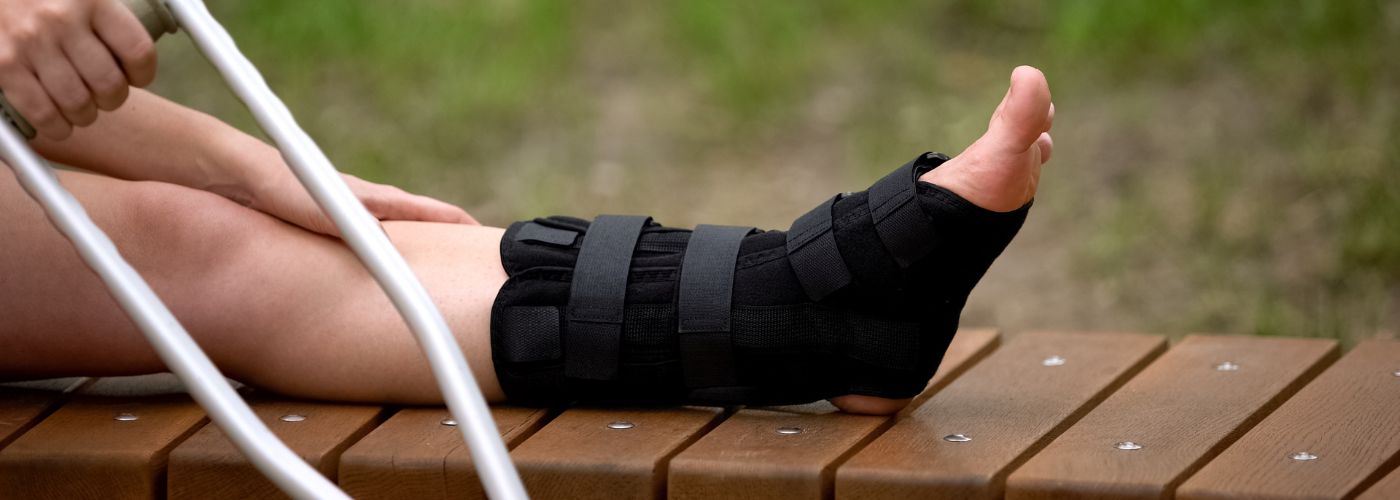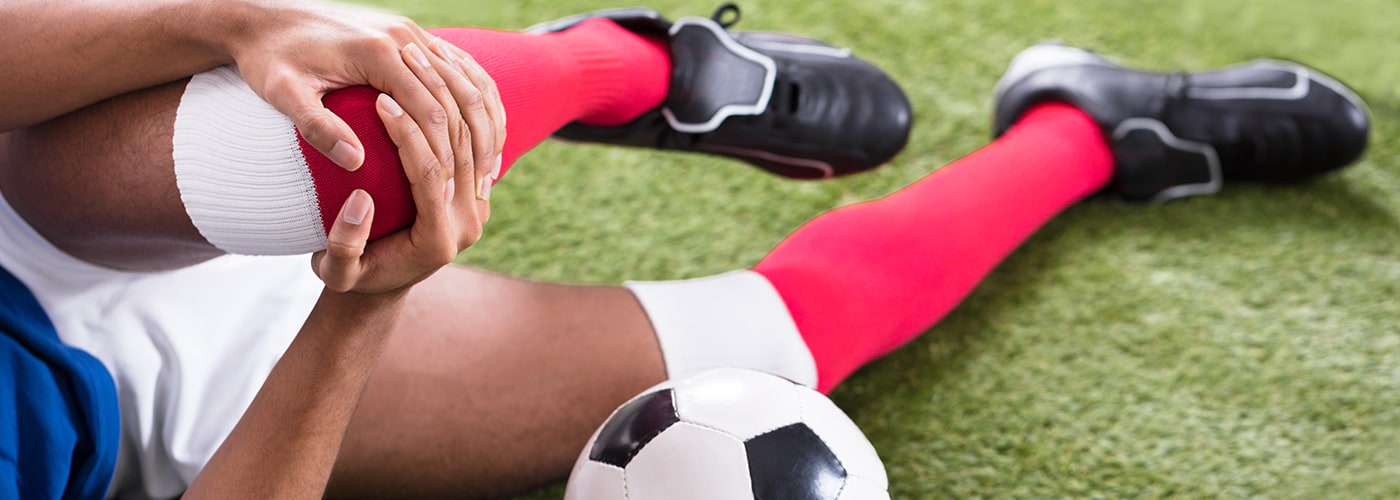Soccer is an exciting and competitive sport that millions of people around the world enjoy playing. However, no matter how much one loves soccer, it’s important to be aware of the potential risks associated with this physical activity. Soccer injuries can range from minor sprains to serious concussions, and can lead to long-term pain or injury. We’ll be going over common soccer injuries and how to prevent them.
What Are The Most Common Injuries In Soccer?

Soccer is a popular sport that is enjoyed around the world. Every year, millions of people play soccer and many more watch it on TV. However, soccer can be a dangerous game due to the high level of contact between players, which could lead to injuries. So what are the most common injuries in soccer?
The most commonly reported injury in soccer is muscle strain or sprain. This happens when muscles are overstretched too quickly or too often and can cause pain and tenderness in different body parts such as hips, thighs, and calf muscles.
Other common injuries include ankle sprains, knee pain, knee ligament tears (ACL), concussions, shoulder dislocations, tendonitis, and shin splints. The severity of these injuries depends on how quickly they are treated by medical professionals; if left untreated they could lead to long-term damage.
How To Treat Soccer Injuries

If you’re experiencing any type of pain or discomfort after a soccer game or practice, it’s important to take the necessary steps to treat your injury and get back on the field as soon as possible. So how can you effectively treat soccer injuries?
First and foremost, rest is key. It’s important to give yourself time to heal before getting back in the game. Ice packs can also help reduce inflammation and swelling from soccer-related injuries, so applying them regularly can aid in recovery.
Additionally, over-the-counter medications like ibuprofen may be helpful for treating soreness caused by physical activity. Physical therapy is also a great way to improve the range of motion after an injury and prevent further damage.
The use of TENS & EMS therapy devices is also a great option for those suffering from soccer injuries. These devices work with your body to potentially prevent pain signals from reaching the brain and increase blood circulation to damaged tissue to repair them.
It’s important to start therapy immediately to speed up the recovery process. Oftentimes, TENS therapy is supplemented with physical therapy to treat injuries.
How To Prevent Injuries In Soccer?

Playing soccer can be a great way to stay active and have fun, but it’s also important to take precautions to prevent injuries. Knowing how to properly warm up and stretch before playing can help minimize the risk of injuries. There are several other steps players should take when playing soccer in order to avoid getting hurt.
The first step for preventing soccer-related injuries is wearing the right gear. Soccer cleats with extra padding provide cushioning for feet and ankles, while shin guards offer protection from flying balls or kick from other players. It’s important that all players wear their protective equipment every time they play or practice in order to reduce their injury risk.
Another way to lower the chance of injury is by learning proper techniques. This means having the right passing, striking, and handling techniques when it comes to maintaining the soccer ball.
What Is The Worst Injury In Soccer?

The worst injuries sustained by soccer players usually occur due to contact with other players or from falls during play.
The most common and severe injury in soccer is an anterior cruciate ligament (ACL) tear. This type of injury occurs when the ACL ligament located in the knee joint becomes overstretched or torn as a result of quick changes in direction or hard contact with another player.
Not only does an ACL tear require surgery and months of rehabilitation, but it can also lead to long-term complications such as arthritis and an increased risk for future tears. Other types of injuries that can occur while playing soccer include fractures, concussions, sprains, strains, and muscle tears.
Those with an ACL tear may be required to wear a special knee wrap to support the knee and joints. This minimizes any further risk of injury when walking or exercising.

Related Stories
Massage Gun Showdown: How the Power Duo Compares to Traditional Methods
Have you ever considered that a handheld device could revolutionize your muscle recovery? With the...
Jun
Fatherly Fitness Tips For Men’s Health Month
Men’s Health Month is more than a date on the calendar—it’s a call to action....
Jun
Built to Move: The Everyday Recovery Edit
Movement is what keeps us going—literally. Whether it’s recovering after a run, loosening up after...
Jun
Unlocking The Secret To Tissue Injury Recovery With TENS/EMS Devices
Have you ever wondered why some injuries take longer to heal than others? Tissue injuries...
May
Get Mobile With HiDow TriggerFlex Tools & TriggerFlex 2.0
Tight muscles holding you back? Whether you’re dealing with daily tension or post-workout soreness, recovery...
May
Mind Over Pain: The Surprising Benefits of TENS/EMS for Mental Wellness
Have you ever wondered if managing pain could also boost your mental state? Many people...
Apr